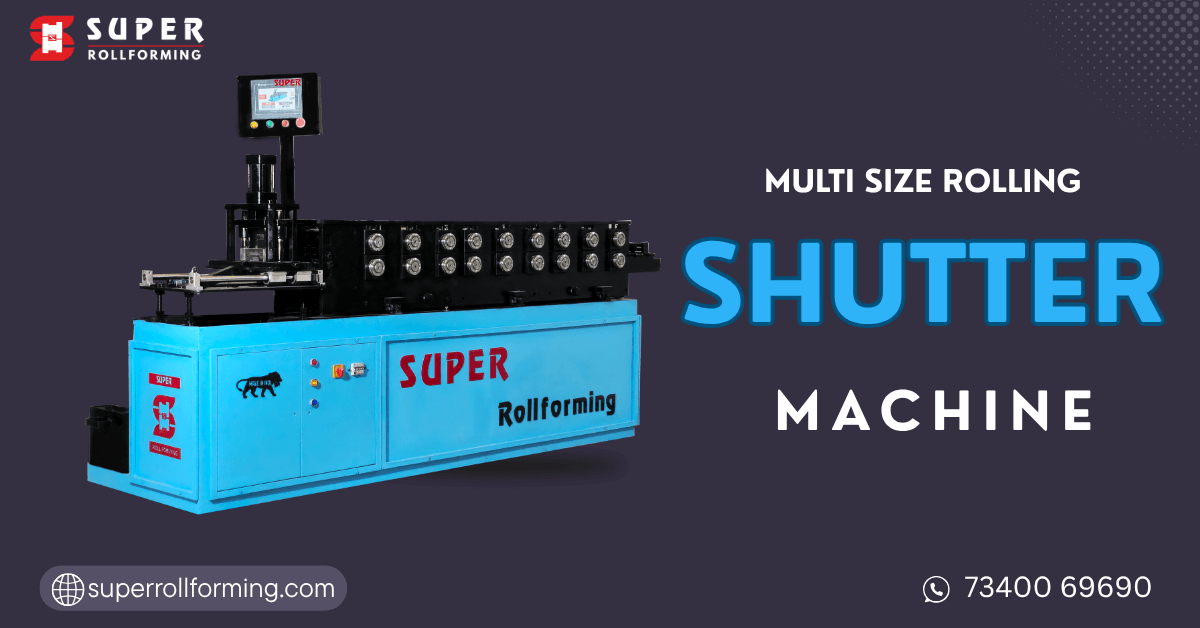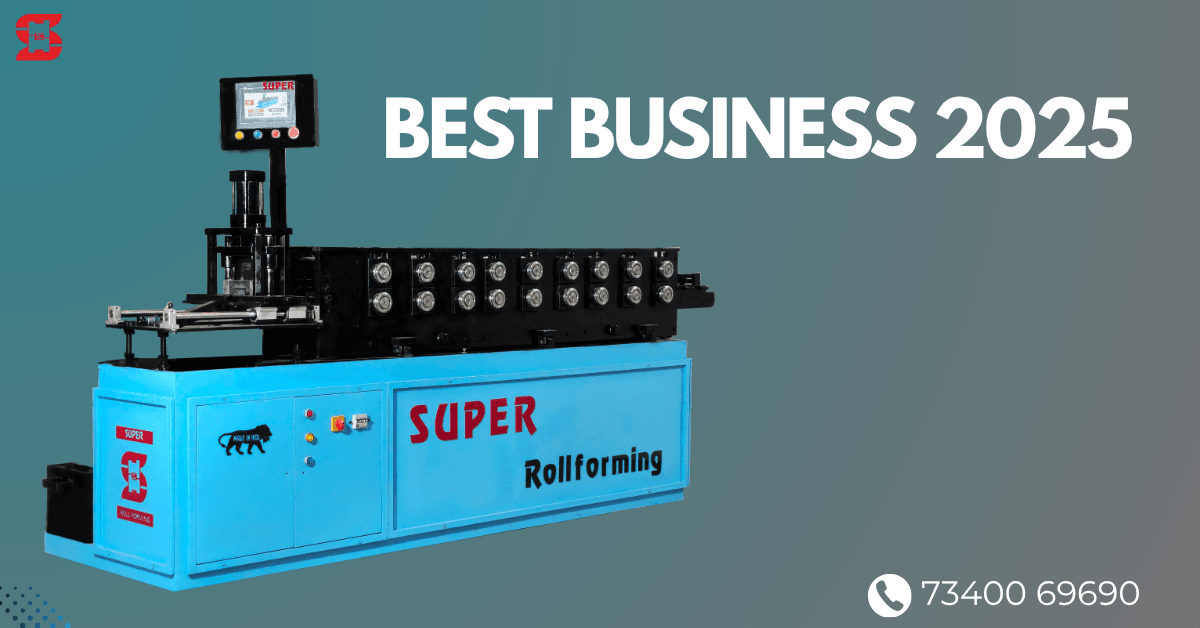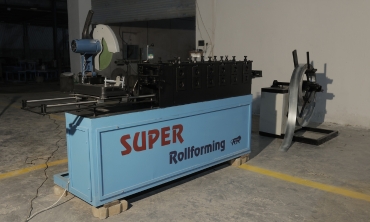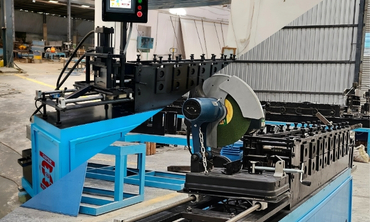Creating a Roll Forming Process Handbook for Your Team
In the roll forming industry, maintaining quality, efficiency, and consistency in production relies on standardized processes. A well-crafted roll forming process handbook provides your team with clear guidelines, helping ensure each step of the manufacturing process is followed accurately. This resource not only enhances product quality but also improves productivity and reduces errors. This guide will walk you through creating a comprehensive roll forming process handbook tailored to your team’s needs.
Why Your Team Needs a Roll Forming Process Handbook
A process handbook can serve as a powerful reference tool, providing:
- Consistency: Standardized instructions minimize variability in manufacturing processes.
- Efficiency: Streamlined steps and defined roles reduce production time.
- Quality Control: Clear guidelines support adherence to quality standards.
- Employee Training: The handbook is a valuable training resource for new hires.
- Error Reduction: Comprehensive documentation lowers the risk of costly mistakes.
Steps to Develop a Roll Forming Process Handbook
1. Outline the Key Objectives and Scope
Before creating content, define the purpose and scope of the handbook. Consider what your team members need most, and tailor the document to address those needs. Key objectives might include:
- Standardizing Production: Define specific steps in the roll forming process to reduce variability.
- Improving Communication: Establish uniform terms and procedures.
- Enhancing Quality: Include quality control measures at each step to ensure high standards.
2. Document Each Stage of the Roll Forming Process
A detailed, step-by-step approach makes it easy for team members to follow instructions and for managers to assess adherence. Break down the roll forming process into these core stages:
- Material Selection: Document the types of materials used, quality standards, and any specifications.
- Machine Setup and Calibration: Include precise setup steps for each type of roll forming machine, along with calibration requirements.
- Forming Procedures: Detail specific roll forming techniques, pressure settings, and timing.
- Quality Inspection: Outline inspection checkpoints and criteria.
- Troubleshooting Common Issues: Provide guidance on resolving frequent problems that arise during production.
3. Incorporate Visual Aids and Illustrations
Diagrams, flowcharts, and images can significantly enhance the handbook’s usability, helping team members visualize complex steps. Examples of effective visual aids include:
- Machine Diagrams: Show machine parts and their functions.
- Flowcharts: Simplify step-by-step procedures for quick reference.
- Quality Control Checklists: Visually outline inspection steps.
4. Define Quality Standards and Checkpoints
Quality control is critical in roll forming. Your handbook should incorporate standards specific to the types of products you manufacture. Common quality aspects to address include:
- Material Integrity: Define acceptable tolerances in thickness, hardness, and finish.
- Dimensional Accuracy: Include standards for measurements and tolerances.
- Defect Detection: Describe potential defects (e.g., cracks, bends) and how to handle them.
Setting quality checkpoints at each stage ensures the team consistently produces high-quality products.
5. Establish Safety Protocols
Safety is paramount, especially with heavy machinery like roll formers. The handbook should include:
- Machine Operation Guidelines: Outline proper operational procedures to prevent accidents.
- Emergency Shutdown Instructions: Describe how to safely stop machines during emergencies.
- Protective Gear Requirements: List essential personal protective equipment (PPE) for operators.
Ensuring your handbook emphasizes safety reduces the risk of accidents, safeguarding employees and equipment.
6. Include Troubleshooting Guidelines
Common issues in roll forming, such as alignment errors or material defects, can cause significant delays. Including a troubleshooting section helps your team address these issues quickly. Key troubleshooting areas to cover:
- Alignment Issues: Detail steps for correcting misalignment in roll stations.
- Material Jams: Provide procedures for safely removing jams without damaging the machine.
- Surface Defects: Guide operators on addressing scratches or cracks in formed products.
This section ensures that the team can resolve problems independently, minimizing downtime.
7. Create a Maintenance Schedule for Machines
Machine upkeep is critical for smooth operations. Your handbook should provide a maintenance schedule that includes:
- Routine Maintenance Checks: Outline daily, weekly, and monthly maintenance tasks.
- Lubrication Guidelines: Specify parts that require lubrication and the frequency.
- Replacement Part Information: Include details on essential parts and when to replace them.
A detailed maintenance section reduces equipment wear, prolonging machine life and maintaining production efficiency.
8. Make It a Living Document
A good roll forming process handbook evolves with changes in technology, materials, and techniques. Implement a regular review process to keep it current and relevant.
- Quarterly or Annual Reviews: Set a schedule for handbook updates.
- Feedback Collection: Encourage team members to provide input on potential improvements.
- Version Tracking: Clearly label each version of the handbook to prevent outdated information from being referenced.
Best Practices for an Effective Roll Forming Handbook
To create a handbook that’s practical and user-friendly, consider the following best practices:
- Simplify Language: Use clear, concise language, avoiding technical jargon where possible.
- Organize by Sections: Divide the handbook into logical sections, each dedicated to a specific stage or aspect of the process.
- Incorporate Checklists: Use checklists for critical steps, such as machine setup and quality inspection.
- Format for Easy Reference: Consider a digital format or searchable PDF so team members can quickly find information.
Benefits of a Comprehensive Roll Forming Handbook
A well-developed handbook provides several advantages, such as:
- Reduced Errors: Team members can follow precise guidelines, lowering the likelihood of mistakes.
- Improved Efficiency: Clear instructions and troubleshooting tips minimize downtime.
- Enhanced Quality: By setting quality benchmarks, the handbook ensures consistent output.
- Better Training for New Hires: The handbook serves as a ready-made training tool, expediting onboarding.
Final Thoughts
Creating a roll forming process handbook requires attention to detail, but it’s a worthwhile investment that drives operational consistency, quality, and safety. By involving your team in its creation and regularly updating the content, you ensure that the handbook remains a valuable resource that adapts with the needs of your organization.
In the end, a comprehensive handbook provides your team with a structured approach to roll forming, empowering them to maintain high standards and achieve production goals effectively.






